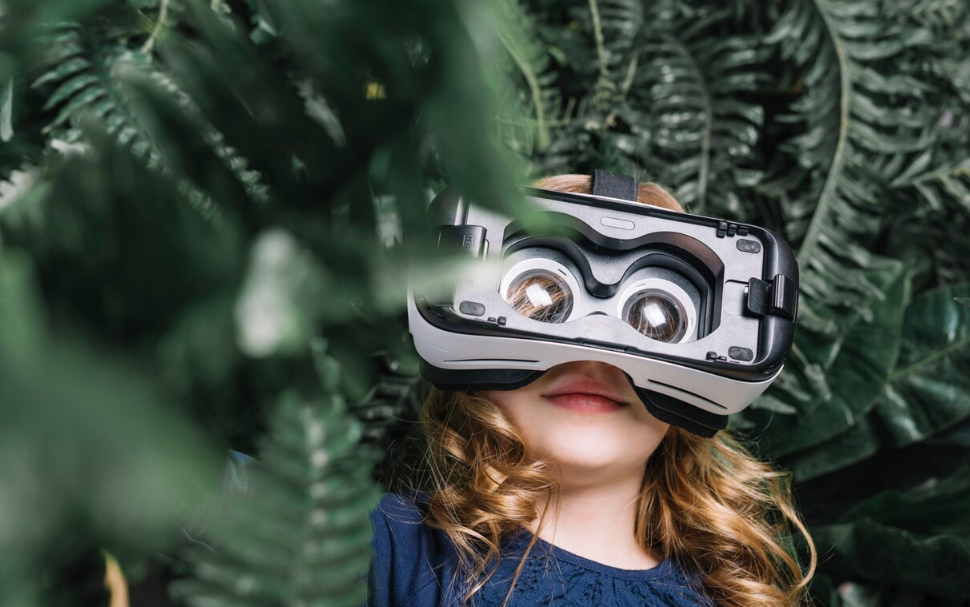As urban populations grow and public health concerns become more critical, cities worldwide are beginning to adopt a radical new approach: self-cleaning urban environments powered by intelligent machines. These futuristic cityscapes promise not only spotless streets and sanitized infrastructure but also a shift toward proactive, autonomous hygiene management—an urban ecosystem that cleans itself.
Welcome to the age of self-cleaning cities.
The Urban Hygiene Crisis
Traditional urban cleaning systems—dependent on human labor, fixed schedules, and slow response times—are struggling to keep up. Overflowing trash bins, biohazards, graffiti, and airborne pollutants aren’t just aesthetic problems; they are serious public health threats.
Climate change and high-density living make cities even more vulnerable to hygiene-related risks such as:
- Fast-spreading diseases
- Air and water pollution
- Rodent infestations
- Waste overflow after public events or natural disasters
To meet these challenges, cities need automation, sensors, and adaptive systems. That’s where self-cleaning technology comes in.
What Is a Self-Cleaning City?
A self-cleaning city leverages AI, robotics, IoT, and smart materials to maintain urban cleanliness autonomously or semi-autonomously. The idea is to embed cleanliness into the infrastructure itself, transforming hygiene from a reactive chore into an ongoing, automated process.
Key Components of Self-Cleaning Cities
1. Autonomous Cleaning Robots
From sidewalk-scrubbing machines to flying drone vacuums, robots are at the frontlines. These include:
- Street-sweeping drones that monitor and clean litter hotspots.
- Sewer-crawling bots that prevent blockages before they occur.
- Window-cleaning drones for high-rise buildings.
Many of these robots are equipped with AI vision to detect grime, waste, or graffiti in real-time.
2. Smart Trash Collection
Intelligent waste bins equipped with sensors can:
- Notify city services when full
- Compact waste to increase capacity
- Sort recyclables automatically
- Seal hazardous materials for safe disposal
In some pilot cities, robotic garbage trucks already perform dynamic pickup based on real-time data instead of fixed schedules.
3. Self-Sterilizing Surfaces
Urban infrastructure is evolving to include antimicrobial and self-cleaning materials:
- Hydrophobic coatings that repel dirt, grime, and even viruses
- UV-embedded surfaces that kill pathogens
- Nano-coatings for high-touch areas like handrails, benches, and elevator buttons
Some bus stops and public bathrooms already feature self-sanitizing walls and floors activated by motion sensors.
4. Air and Water Purification Systems
Sensors and AI now manage distributed purifiers that clean the air in pollution-prone zones, particularly near roads and industrial areas. Similarly, autonomous water filtration units clean runoff from urban surfaces before it enters natural waterways.
5. Urban Hygiene AI
All of this is coordinated by urban hygiene AI systems, which:
- Monitor cleanliness metrics in real time
- Predict hygiene threats using data analytics
- Optimize the deployment of robots and cleaning agents
- Alert authorities about anomalies (e.g., chemical spills or unsanitary conditions)
These systems often integrate with existing smart city platforms for seamless coordination.
Benefits of Self-Cleaning Cities
- Public Health: Reduced transmission of disease through cleaner public spaces.
- Cost Efficiency: Long-term savings through automation and preventive maintenance.
- Environmental Impact: Smarter waste handling and reduced chemical use.
- Aesthetics and Tourism: Cleaner environments boost civic pride and attract visitors.
- Disaster Response: Fast cleanup and containment after floods, protests, or other events.
Real-World Examples
- Singapore has deployed robot cleaners in public parks and malls.
- Tokyo is testing robotic janitors in its metro system ahead of full automation.
- Amsterdam uses AI-driven trash bins and canal-cleaning drones.
- Dubai integrates UV-cleaning in autonomous vehicles and public transport hubs.
While full-scale self-cleaning cities are still in development, many global metropolises are already testing or deploying core components.
Challenges and Considerations
- Privacy: Sensor-equipped cleaning systems may capture personal data.
- Job Displacement: Human cleaners might be replaced unless re-skilled.
- Infrastructure Costs: High upfront investment for retrofitting and maintenance.
- System Failures: Malfunctioning robots or sensors could lead to hygiene lapses.
Ethical urban planning and inclusive technology policies will be essential to ensure these systems benefit all residents.
Conclusion: A New Era of Urban Cleanliness
Self-cleaning cities represent a fusion of machine intelligence and public infrastructure, turning cleanliness into an embedded function of urban life. As the world faces increasingly complex health and environmental threats, these technologies offer a proactive blueprint for resilient, hygienic, and livable cities.
One day, the broom may become a symbol of the past—a relic of a time before our cities learned to clean themselves.


